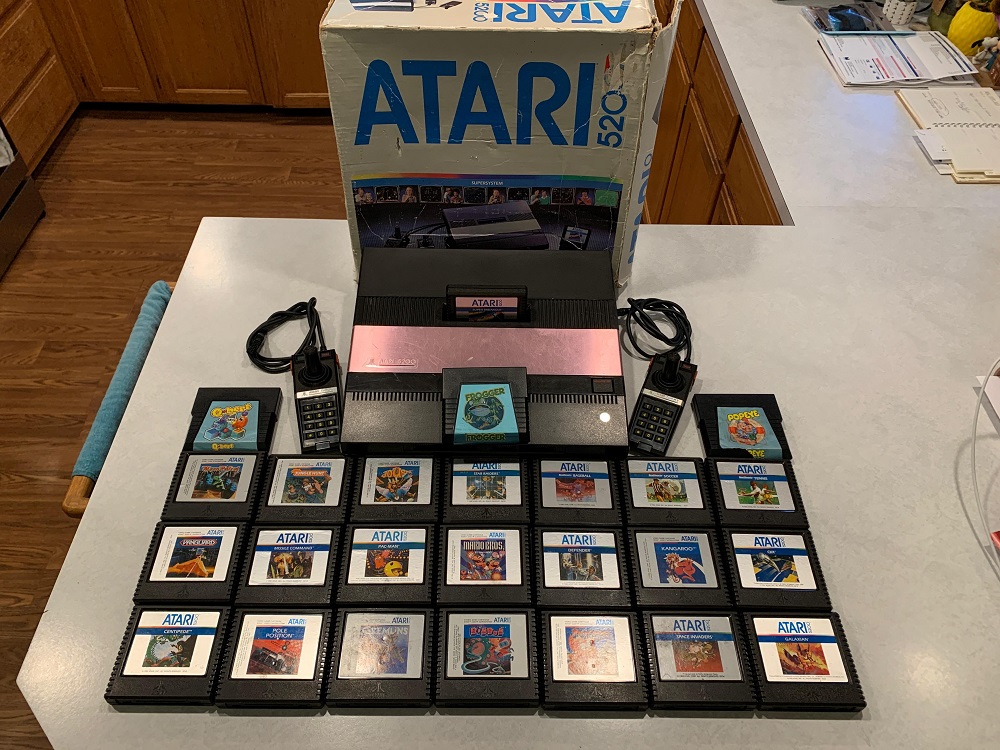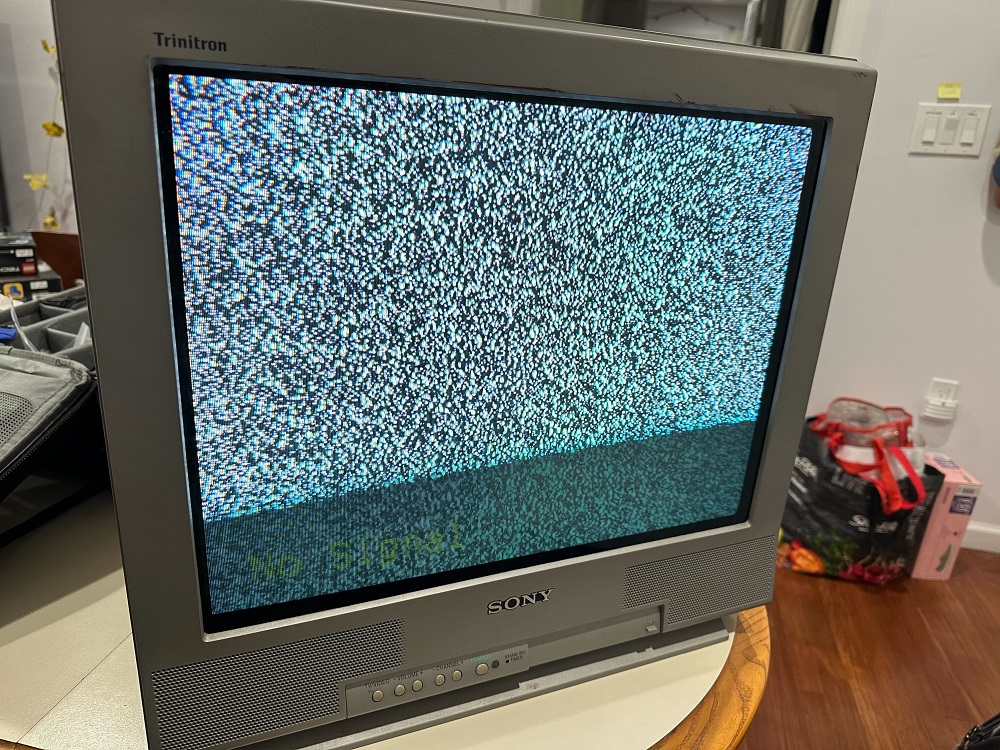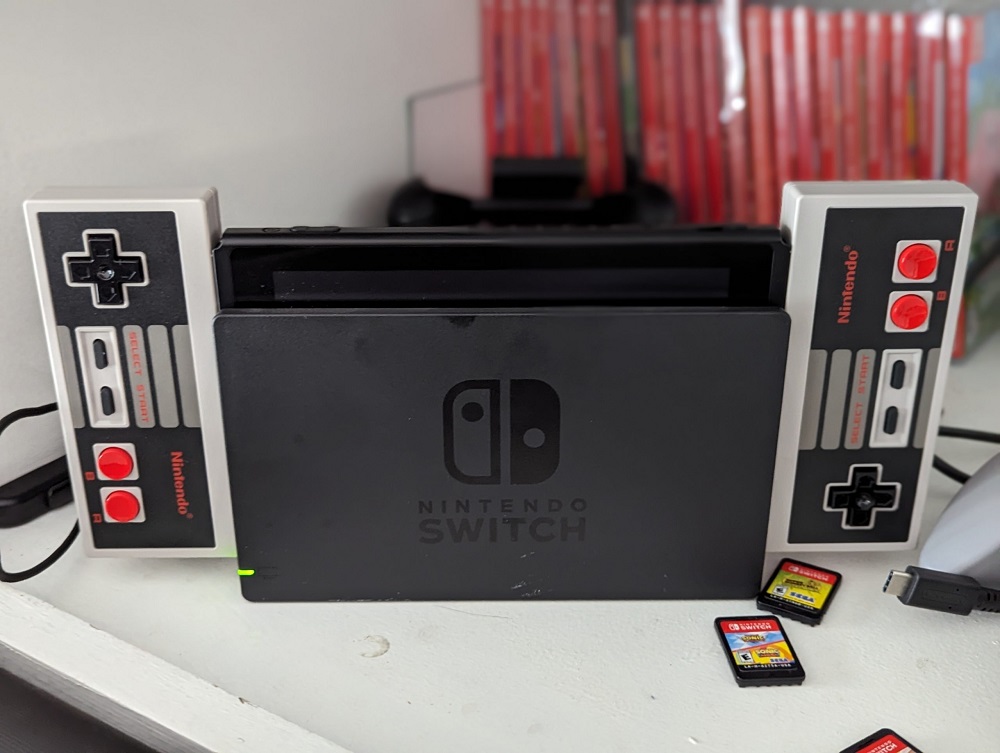In 1982, Atari was the biggest name in gaming. The Atari 2600 had revolutionized home entertainment and made video games mainstream. Riding high on its success, Atari released the Atari 5200, a “next-generation” console designed to dominate the growing market.
But instead of triumph, it became one of gaming’s most infamous failures. The 5200’s story isn’t just about bad luck — it’s about overconfidence, poor planning, and a rapidly changing industry.
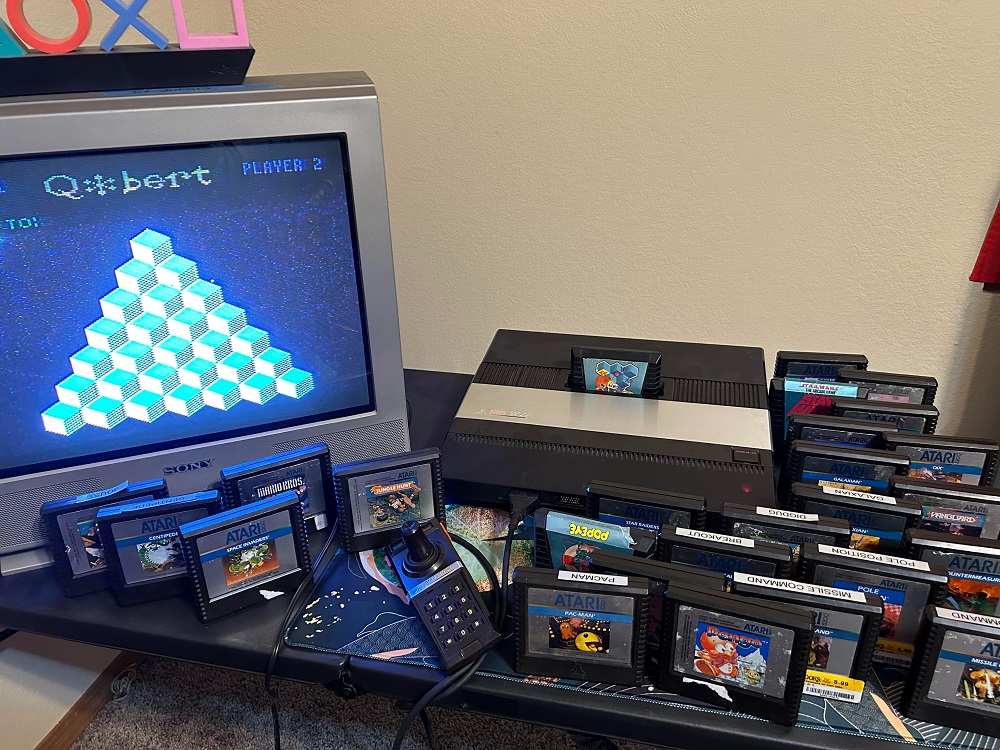
At Oldies Nest, we’re diving deep into the rise and fall of the Atari 5200 — a console that promised the future but fell victim to its own ambition.
Atari’s Golden Legacy and the Pressure to Evolve
Before understanding the 5200’s failure, it’s crucial to remember how monumental the Atari 2600 was.
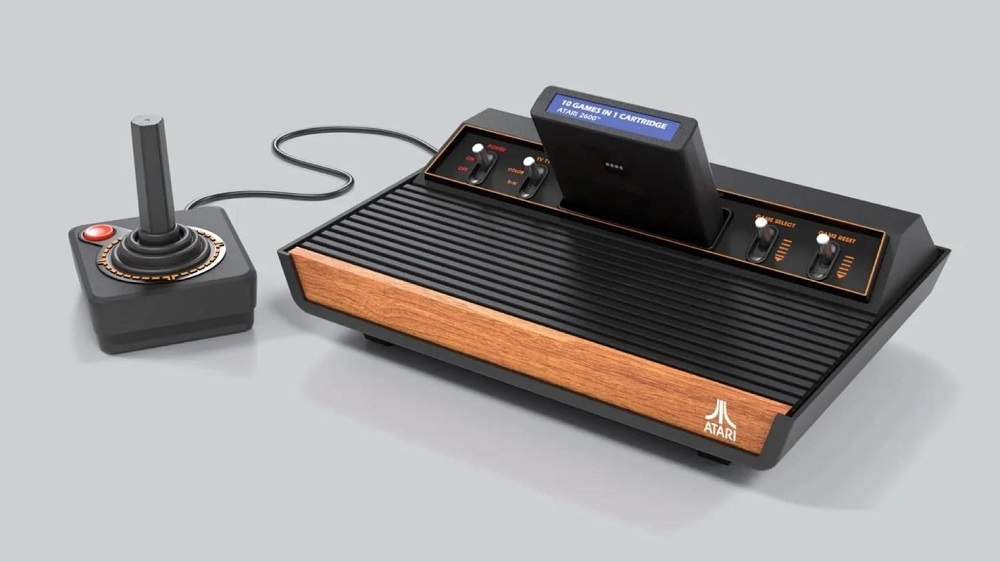
Released in 1977, the 2600 wasn’t just a console — it was a cultural event. It brought arcade hits like Space Invaders into living rooms and cemented Atari as the king of entertainment.
By 1981, however, the market was shifting:
- Competitors like Mattel’s Intellivision and ColecoVision offered better graphics.
- Gamers demanded more realism and complexity.
- The arcade boom (1980–1985) set higher expectations for visuals and gameplay, as discussed in The Golden Age of Arcades: 1980–1985.
Atari had no choice but to evolve — and that’s where the 5200 entered the story.
The Promise of the Atari 5200
When it launched in November 1982, the Atari 5200 was marketed as the ultimate upgrade for loyal fans.
Key Selling Points:
- Superior Graphics: Used the same ANTIC and GTIA chips as Atari’s 8-bit computers.
- Better Sound: Four-channel POKEY audio chip.
- Analog Controllers: Revolutionary at the time, offering “precision control.”
- Sleek Design: A futuristic look compared to the boxy 2600.
On paper, it was everything gamers wanted. But in practice, everything that could go wrong — did.
Fatal Mistake #1: Poor Backward Compatibility
Perhaps the 5200’s biggest sin was its incompatibility with Atari 2600 games.
The 2600 had one of the largest libraries in gaming history at the time. Fans expected their favorite titles to work on the new system — but they didn’t.
- Atari released a separate adapter that allowed 2600 games to run on the 5200.
- However, it was expensive, bulky, and released too late.
This fractured the player base. Loyal Atari fans felt betrayed, while newcomers saw no reason to invest in a limited, expensive console.
Fatal Mistake #2: The Infamous Controller
If one symbol defines the 5200’s downfall, it’s the analog joystick controller.
Marketed as cutting-edge, it was instead one of the worst-designed controllers in history:
- No self-centering joystick, making precision nearly impossible.
- Fragile parts that broke easily.
- Overcomplicated keypad system for each game.
Gamers accustomed to the simple, sturdy 2600 controller found the 5200 unwieldy and frustrating. Even Sega and Nintendo would later learn that controller design defines player experience, as explored in Why the NES Controller Became the Standard.
Fatal Mistake #3: Price and Market Confusion
The 5200 launched at $269 (equivalent to over $800 today), during a period of economic slowdown.
Worse, Atari released the console alongside its own 8-bit computers, like the Atari 400 and 800, which used the same hardware. This cannibalized their own market — consumers didn’t know which product to buy.
Retailers, too, were confused:
- The 5200 competed against Atari’s own machines.
- Stocking both was costly and redundant.
In contrast, ColecoVision marketed itself simply: “Arcade quality at home.” That clarity helped it thrive while the 5200 stumbled.
Fatal Mistake #4: A Weak Game Library
While the 5200’s specs were solid, its launch lineup wasn’t.
| Game | Reception | Notes |
|---|---|---|
| Super Breakout | Average | A 2600 port — not impressive for new tech. |
| Pac-Man | Poor | Inferior to Coleco’s version. |
| Space Dungeon | Positive | Fun, but niche. |
| Centipede | Good | One of few true standouts. |
Many of the early titles were just upgraded 2600 ports. The console lacked killer exclusives, especially compared to ColecoVision’s Donkey Kong bundle or Intellivision’s Utopia.
Fatal Mistake #5: Timing and the Video Game Crash
The 5200 arrived at the worst possible time — on the eve of the 1983 video game crash.
- Oversaturation flooded the market with low-quality games.
- Retailers lost faith in video games entirely.
- Consumer confidence plummeted.
Even if the 5200 had been perfect, it might not have survived the crash. But its flaws accelerated Atari’s decline — from industry leader to cautionary tale, as explored in The Rise and Fall of Atari.
Lessons in Marketing Missteps
Atari’s marketing for the 5200 reflected its overconfidence:
- The ads promised “arcade perfection,” a claim the console couldn’t fulfill.
- Commercials highlighted the system’s “power” but ignored its lack of compelling games.
- Competing ads from Sega and Nintendo focused on identity and innovation, not raw specs — a lesson Atari never learned.
By 1984, the brand’s once-golden name had lost its shine.
Competitors That Did It Better
While Atari stumbled, competitors thrived:
- ColecoVision (1982): Focused on arcade ports, instantly connecting with fans.
- Intellivision (1979): Built brand loyalty through sports and simulation titles.
- Nintendo Famicom (1983): Quietly revolutionized gaming in Japan before launching worldwide as the NES.
Each learned from Atari’s mistakes — designing better controllers, clear branding, and stronger game ecosystems.
The Aftermath: Atari’s Redemption Attempt
In 1984, Atari released the 5200’s successor, the 7800 ProSystem, which restored backward compatibility and improved game variety.
But it was too late.
- The market had shifted to new competitors.
- Nintendo’s NES had already captured global attention.
The 5200 faded into obscurity, remembered mostly as a footnote in Atari’s long history.
The Collector’s Angle in 2025
Today, the 5200 holds a strange place in retro gaming.
- Rarity: Hardware is easy to find, but working controllers are rare.
- Collectibility: Boxed sets and adapters fetch moderate prices.
- Community: Small but passionate modding scene keeps it alive.
Collectors often see it as a “what could have been” — a relic of Atari’s overreach and a symbol of how innovation without focus can backfire.
Conclusion: A Lesson in Hubris
The Atari 5200 wasn’t a bad console — it was a good idea executed poorly.
It represented Atari at its most ambitious, but also its most careless. The company underestimated players’ expectations, ignored compatibility, and released hardware that couldn’t match its own hype.
In hindsight, the 5200’s failure was the beginning of Atari’s decline, but it also paved the way for future innovators. Sega, Nintendo, and Sony would all learn from its mistakes — proving that in gaming, power means nothing without playability.
